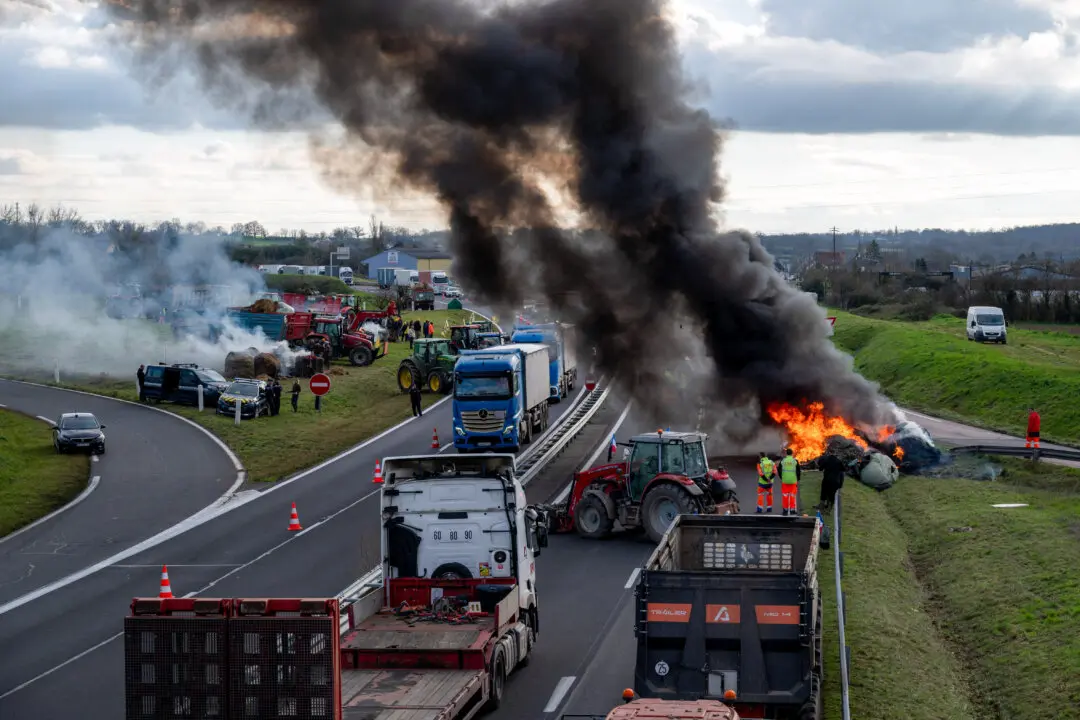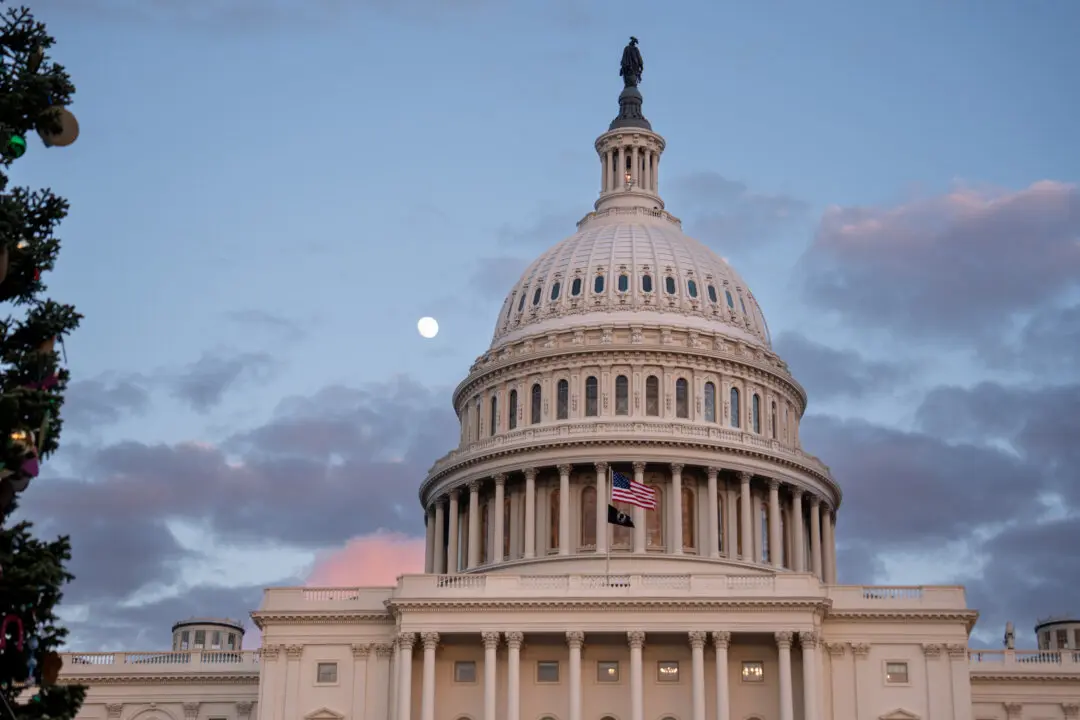WASHINGTON—The 70th Washington Auto Show opened for the week in D.C. Jan. 27 and there was a distinct buzz in the air.
John O'Donnell, executive vice president of the Washington Area New Auto Dealers Association who are organizers of the show, said compared to two years ago, the 2012 show is “pure optimism”.
In 2009, the Big Three U.S car manufactures, General Motors (GM), Ford, and Chrysler were on the brink of collapse.
General Motors, however, reclaimed the title of the world’s top car manufacturer last year and with more than 700 vehicles from over 42 domestic and import manufacturers on display, the auto industry appears to be back on its feet again.
Speaking at the Auto Show opening, David Sandalow, assistant secretary for Policy and International Affairs at the U.S. Department of Energy (DOE), said the U.S. auto industry is infected with a “palpable sense of excitement, optimism, and opportunity.”
By 2050 the number of cars on the road is expected to double globally to 2 billion cars, he told reporters, and more immediately, the industry will add an estimated 100,000 more jobs over the next few years.







